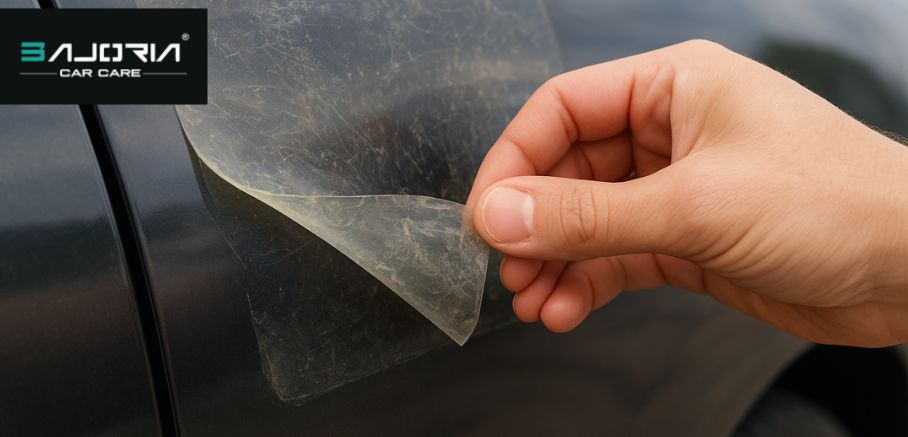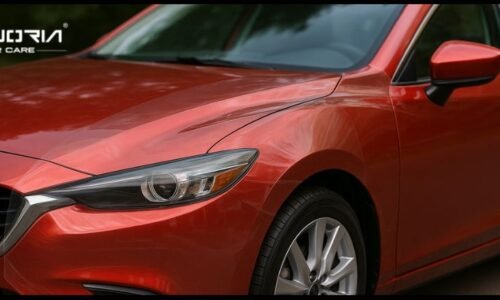
Transparent protection like paint protection film (PPF) or screen protectors protects from scratching and surface damage. Still, even the best quality PPF in Nagpur will, over time, deteriorate due to environmental exposure, physical usage, and natural aging. Knowing when to have it replaced is important to maintain the look and function of the surface being protected. Disregard of wear indicators may lead to permanent damage below, eventually compromising the entire purpose of the protective coating.
From discoloration and hazing to peeling edges and low adhesion, there are a number of signs that your clear protection has come to the end of its life. Replacing it promptly not only provides a shiny, clean look but also guarantees continued protection against potential damage. The following are warning signs not to ignore, along with explanations to aid you in knowing when to replace your clear protection.
Some Methods to Identify Your Clear Protection Needs Replacement
Clear protection layers can degrade over time, so it’s important to know when to replace them to maintain the appearance and safety of the surface. So, let’s see that in details.
Yellowing or discoloration
In the long run, the UV light will ultimately turn transparent protection yellow or cloudy. This is especially true for older films that lack better UV resistance. If you do experience over-the-top discoloring, not only does it look bad—it probably means the protection no longer helps to safeguard the surface beneath. In case you find yourself needing to avoid this discoloration from happening altogether, then PPF in Nagpur will be your best option in such a scenario.
Scratches, cracks, or surface damage
Transparent protection is designed to endure minor impacts but once it starts to acquire excessive scratches or forms noticeable cracks, its shock absorption capacity drops drastically.
Once integrity of a protective layer is lost, the chances of suffering surface damage are high, and your device becomes susceptible to further deterioration. Constant checks on the state of protection are called for, in order to enjoy maximum protection from potential disasters.
Loss of gloss or clarity
The surface may look foggy, covered with a thin veil of cloudiness that obscures its natural glow. The cloudiness may have a massive effect in terms of visibility, either on windshields or screens, and create possible dangers. Besides, the unclarity decreases the overall visual impact and offends both function and beauty.
Alterations in the texture or feel
Texture change like rough, sticky, or irregular surface texture—may indicate wear and tear, meaning car cover replacement time has come. These changes may also impact touch sensitivity of devices, and thus in turn, protective film can be worn off and fail to offer the intended protection level.
Conclusion
Every now and then checking up on your clear protection is the best method to ensure it is still working. Notice signs of deterioration such as yellowing, curled or wrinkled edges, ugly scratches, or a misty appearance. Whenever you see any of them, you have to respond at once and replace the protective coating.
By regularly maintaining this barrier intact, you not only help to extend the life of the barrier but also help to preserve the condition, finish, and inherent worth of the surface being protected—whether that is your colorful car paint, your glowing smartphone display, or something else valuable that could use some defence.

